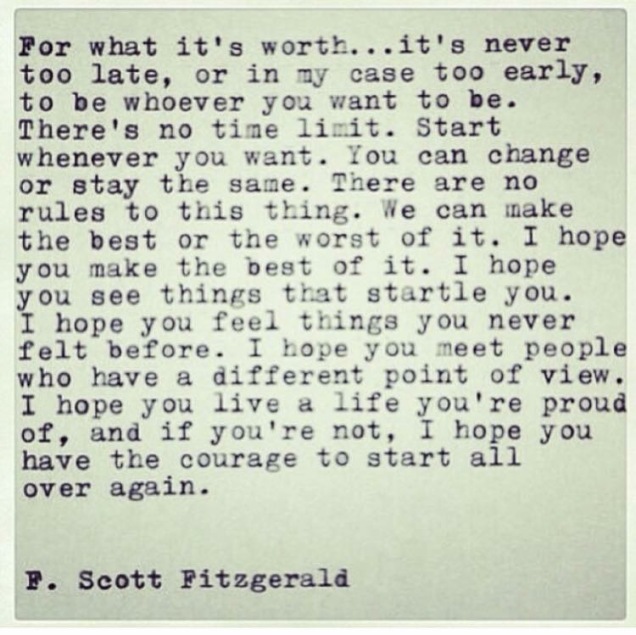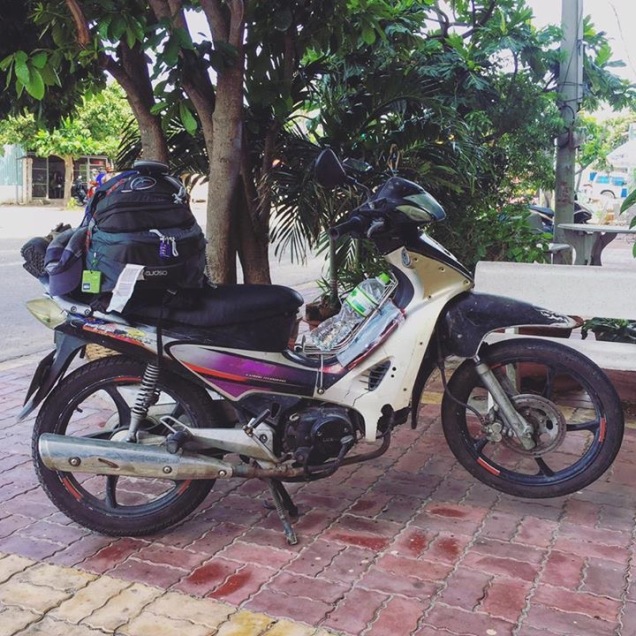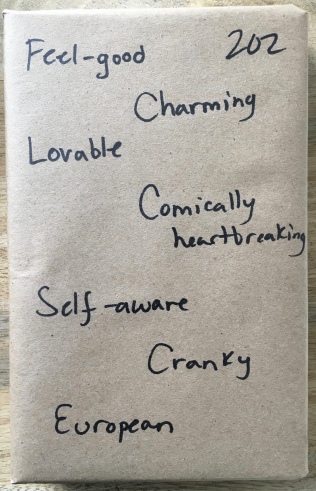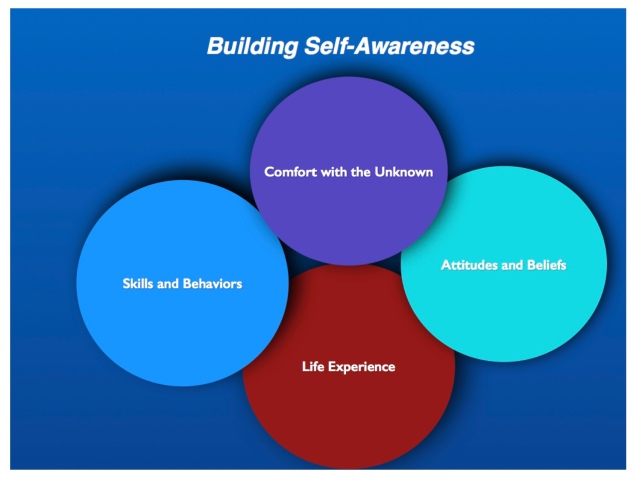I recently read a lovely book by Fredrik Backman titled, Britt-Marie Was Here. It is the story of a woman who, after forty years of living for others (her husband and children), begins in her early 60’s to make her own choices. The book is a powerful description of all the reasons we choose to limit ourselves. In Britt-Marie’s case, it is believing her exacting parents when they point out all of her faults. Then it is her marriage and how she lets her husband’s and children’s criticism of her social skills, cooking, parenting and almost everything else define her most significant skill – cleaning.
Britt-Marie’s identity becomes the one who cleans. Until a bold, desperate step outside her comfort zone reveals she has other talents for which strangers appreciate her such as courage, perseverance, integrity, tolerance, reading people, compassion, generosity, humility, and coaching soccer which she knows nothing about. This step changes her forever as well as the strangers she encounters.
It’s easier to read about someone else’s life and see how they’ve put themselves in a box that becomes increasingly hard to escape. It’s not as easy to examine our own lives. I can say that my identity has not been reduced to cleaning. But I’ve also tried to please parents and spouses and have a block against dancing due to being asked to leave my ballet class at five years old. And there are countless other “truths” I’ve told myself that have kept me from being bold.
I must be attracting these messages. It’s probably no accident that just as I finished Britt-Marie (who is the same age as me), I saw this quote by F. Scott Fitzgerald posted on Facebook.
 Then this last week, on the 200th anniversary of the birth of Henry David Thoreau, an article highlighted this quote:
Then this last week, on the 200th anniversary of the birth of Henry David Thoreau, an article highlighted this quote:
I went to the woods because I wished to live deliberately, to front only the essential facts of life, and see if I could not learn what it had to teach, and not, when I came to die, discover that I had not lived.
Thanks, Scott and Henry David. Just what I wanted. A reminder that every day I have the opportunity to challenge the assumptions I’ve made about myself and the boxes I’ve put myself in. That every day I can, as Fitzgerald says, choose what to change and what to stay the same. Choose to be startled. And feel things I’ve never felt before. And be bold and unafraid.
As Backman writes near the end of Britt-Marie Was Here, “At a certain age, almost all the questions a person asks himself are about one thing: how should you live your life?”
For all of us, that “certain age” is now.
Try It:
- List 5 “truths” about yourself. They can be positive or negative. Where did these “truths” come from? How have they helped you and enriched your life? How have they limited you? If you were to choose one “truth” to let go of, which one would it be? What might be possible if you no longer held that “truth” about yourself? How might you let it go?
- What’s one of your key strengths? Where did that come from? How have you cultivated it? How has it worked for and against you in the past? What other strengths of yours might you choose to cultivate and use in place of your key strength? What might that offer you? How scary is that? Why?
- Every morning for the next week ask yourself: how should I live my life? Keep a journal about what answers come up for you and to what extent you feel you’re living deliberately. After a week, look at what’s come up and what, if any, changes you’ve made.





